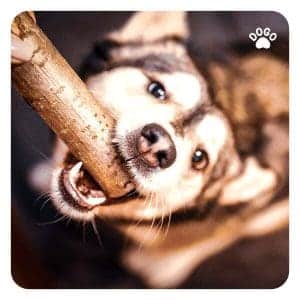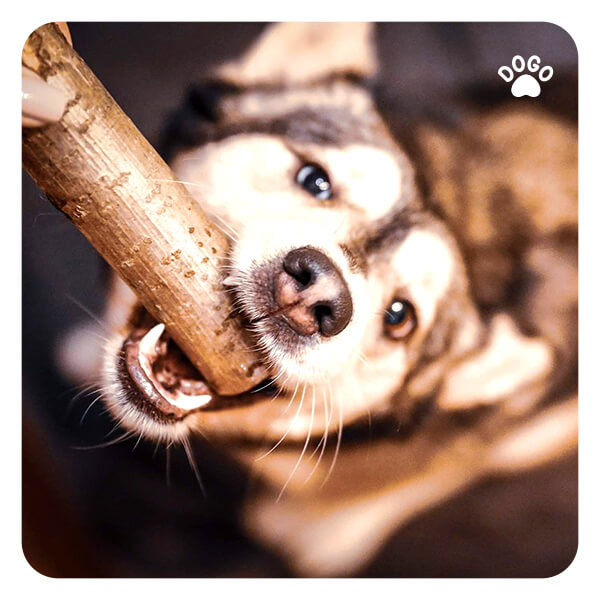 So, you’ve brought home a new puppy, and the little furball is cute, cuddly, and full of energy. But as your puppy grows, you may start noticing a common behavior: biting. While it’s natural for puppies to explore the world with their mouths, it’s crucial to teach them the difference between gentle play and painful bites. In this blog post, we’ll explore effective techniques to help your puppy learn not to bite.
So, you’ve brought home a new puppy, and the little furball is cute, cuddly, and full of energy. But as your puppy grows, you may start noticing a common behavior: biting. While it’s natural for puppies to explore the world with their mouths, it’s crucial to teach them the difference between gentle play and painful bites. In this blog post, we’ll explore effective techniques to help your puppy learn not to bite.
Understanding Why Puppies Bite
Before diving into training methods, it’s essential to understand why puppies bite in the first place. Puppies use their mouths to investigate their environment, play, and even communicate. Just like human babies, they explore the world by putting things in their mouths. When puppies play with their littermates, they learn bite inhibition, which helps them control the force of their bites. However, when they join a human family, they need to learn a new set of rules.
Start with Socialization
Socialization is a critical aspect of a puppy’s development. It’s during this time that they learn to interact with other dogs, people, and their environment. Proper socialization can help reduce the likelihood of aggressive behavior, including biting. Introduce your puppy to various experiences, people, and other animals in a controlled and positive manner. This exposure helps them become more comfortable and less anxious, reducing the likelihood of biting out of fear or stress.
Using Positive Reinforcement
Positive reinforcement is a powerful tool in training your puppy not to bite. When your puppy nips or bites, let out a high-pitched yelp to mimic the sound another puppy would make if bitten too hard. This signals to your puppy that their bite was too rough. Immediately stop playtime and ignore the puppy for a brief period to show that biting leads to the end of fun. Once the puppy calms down, resume play and repeat this process if they bite again. Consistency is key in reinforcing this lesson.
Redirecting Behavior
Another effective technique is redirecting your puppy’s behavior. Whenever your puppy starts to nip or bite, offer them a suitable chew toy or bone as an alternative. This helps your puppy understand what is acceptable to chew on and what is not. By consistently redirecting their attention to appropriate toys, your puppy will learn that biting people is not okay, while also satisfying their natural urge to chew.
Teaching Bite Inhibition
Teaching bite inhibition is an important part of training your puppy not to bite. When playing with your puppy, allow them to mouth on your hands or skin gently. If they bite too hard, let out a yelp and stop playtime briefly. This helps your puppy understand the level of pressure that is acceptable when using their mouth. Over time, they learn to control the force of their bites, making playtime more enjoyable for both of you.
Seeking Professional Help
In some cases, a puppy’s biting behavior might be more challenging to address. If you find that your puppy’s biting is becoming increasingly aggressive or difficult to manage, seeking professional help from a certified dog trainer or behaviorist is a wise decision. A professional can provide tailored guidance and support to address your puppy’s specific needs and behavior.
Teaching a puppy not to bite requires patience, consistency, and understanding. Remember, it’s a natural behavior for puppies, and with the right approach, you can guide them toward more appropriate ways to interact with the world around them. By focusing on positive reinforcement, redirecting behavior, and teaching bite inhibition, you can help your puppy grow into a well-mannered and gentle companion. With time and dedication, you’ll both enjoy a stronger bond built on trust and mutual respect.
[/fusion_text]

